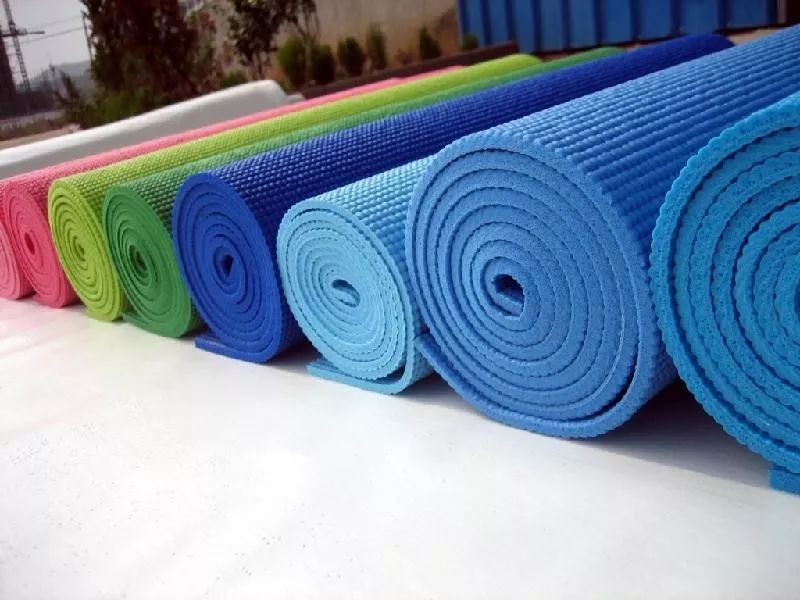Catalyst selection for polyurethane foam
- 2022-08-01-
Polyurethane foam products are mainly synthesized from polyethers, isocyanates, blowing agents, catalysts, etc. The main process of foam formation is generally considered as follows: 1. Generate foam in the polyurethane reaction system by physical and chemical methods, and let the foam evenly disperse in the reaction system. The main foaming method is to use water and isocyanate to produce carbon dioxide. Bubble. 2. The production process of foam requires that the viscosity of the reaction system increases with the increase in order to stabilize the foam from escaping. 3. When the required number and size of foam are formed, the viscosity of the reaction system needs to continue to increase or even form a cross-linking system to stabilize the foam and shape it into a product.
In this case, we need at least two catalysts to adjust the progress of the reaction. One catalyst is to promote the reaction of isocyanate and water, that is, to promote the foaming reaction. Usually, an amine catalyst is selected; To promote the reaction of isocyanate and polyether or alcohol, that is, the reaction of polyurethane molecular chain growth and crosslinking, metal catalysts are generally used. Therefore, in the synthesis process of polyurethane foam, we generally use amine catalysts and organometallic catalysts to achieve synergistic effects to achieve the best results. The specific types and ratios of amine catalysts and organometallic catalysts need to be adjusted and selected according to different products through experiments or experience, and will not be described here.



